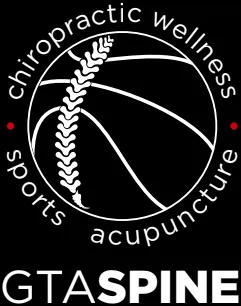What is Back Pain?
Back pain is a common issue affecting millions globally, ranging from slight discomfort to intense pain that hinders movement. It refers to discomfort or soreness in the spinal region, which can occur anywhere from the neck to the lower back. Common causes include bad posture, strained muscles, slipped discs, arthritis, and weak bones. Back pain is often categorized into acute back pain, lasting a few days to weeks, and chronic back pain, persisting for more than three months.
Common Causes
- Muscle or ligament strain
- Bulging or ruptured discs
- Arthritis
- Osteoporosis
- Poor posture
- Injuries or accidents
Symptoms of Back Pain
- Muscle aches
- Shooting or stabbing pain
- Pain that radiates down the leg
- Limited flexibility or range of motion
- Inability to stand up straight
When to See a Specialist
Consult a chiropractor or physiotherapist if you experience back pain that:
- Persists for several weeks
- Is severe and doesn’t improve with rest
- Spreads down one or both legs
- Causes weakness, numbness, or tingling
- Is accompanied by unexplained weight loss
How Can a Chiropractor or Physiotherapist Help Treat Back Pain?
A specialist, such as a physiotherapist or chiropractor, can provide targeted treatments to alleviate back pain. They may offer chiropractic care, manual therapies, recommend exercises, and provide ergonomic advice to prevent future issues.
Diagnosis of Back Pain
Doctors typically diagnose back pain through:
- Physical examination
- Reviewing medical history
- Imaging tests such as X-rays, MRIs, or CT scans
Treatment Options for Back Pain
- Over-the-counter pain relievers: Medications like ibuprofen (Advil) or acetaminophen (Tylenol) can help reduce pain and inflammation, providing temporary relief from back pain.
- Physical therapy: Involves exercises and stretches tailored to strengthen muscles, improve flexibility, and support the spine. Physical therapists guide patients through movements that help alleviate pain and prevent future issues.
- Chiropractic adjustments: Chiropractors perform manual manipulations of the spine to improve alignment, relieve pressure on nerves, and reduce pain. These adjustments can help restore mobility and function.
Massage therapy: Focuses on relaxing tight muscles, improving circulation, and reducing tension in the back. It can be effective in relieving muscle-related back pain.
- Acupuncture: An ancient Chinese practice where thin needles are inserted into specific points on the body. It is believed to stimulate nerves and muscles, potentially reducing pain and promoting healing.
- Surgical options for severe cases: When conservative treatments fail, surgery may be considered. Options include discectomy (removing herniated disc material), spinal fusion (joining two or more vertebrae), or laminectomy (removing part of a vertebra). Surgery is typically a last resort due to its risks and recovery time.
Prevention Tips
To prevent back pain, consider the following:
- Maintain a healthy weight
- Exercise regularly, focusing on strength and flexibility
- Practice good posture while sitting and standing
- Lift objects properly, using your legs rather than your back
